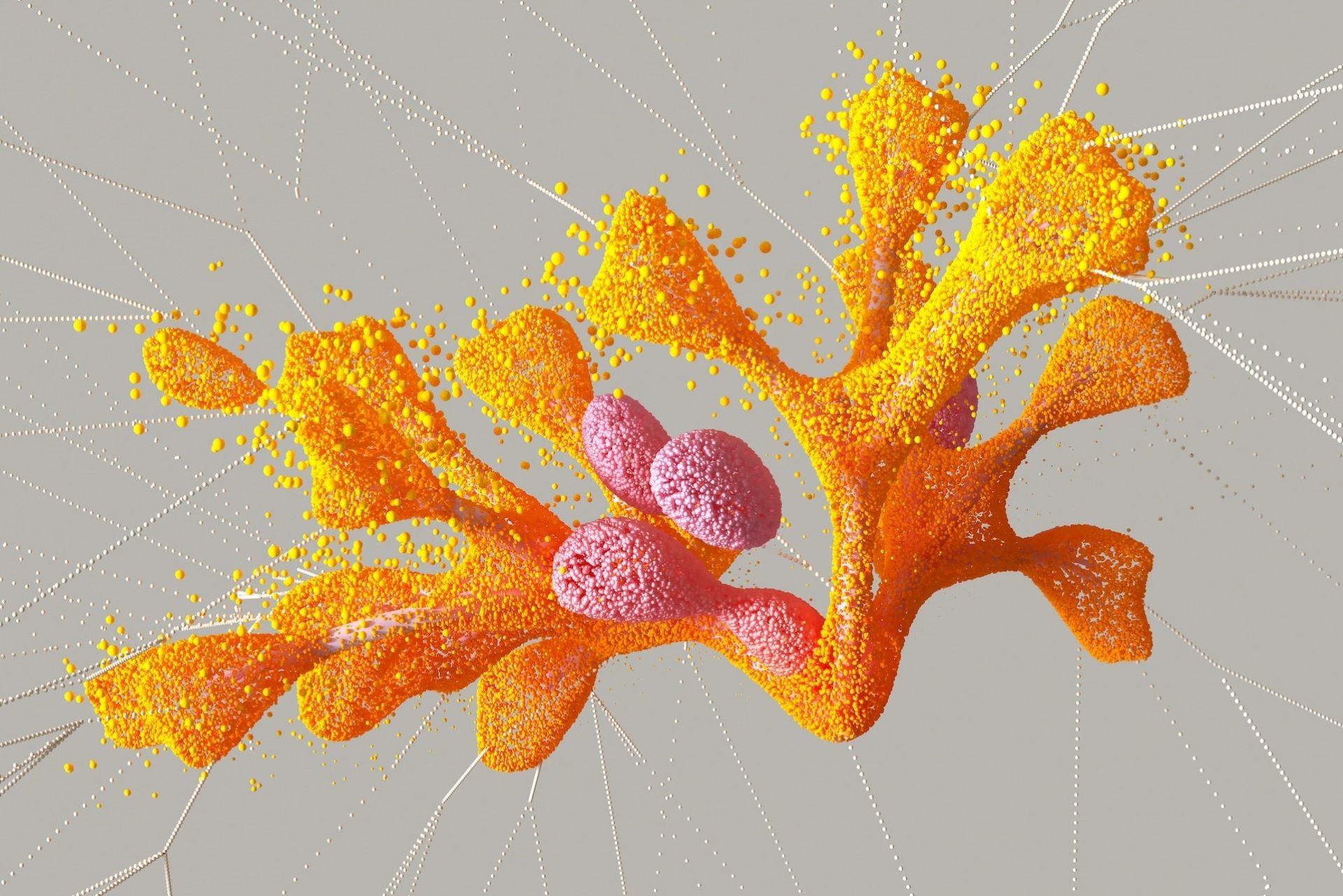You've likely heard a lot about AI in the news recently. While AI has been advancing steadily for years now, some of the leaps in certain solutions have made businesses and the general public start to take notice. Better features, faster solutions, and natural language processing has made AI so much more welcoming to those outside of data science.
While AI has as much potential as it does the potential to cause problems, there are lots of really neat applications that use AI. To give you a better idea of exactly what AI can do and how it can be used, we've selected some popular AI tools to talk about briefly.
Rather than choose the most popular tools outright, we've decided to try and make it so that each tool we've picked does something unique to give you a better idea of all the things that AI can do rather than just giving several versions of AI tools that all do a similar thing.
For each of these tools, there are several alternatives that you may want to look at so don't worry if we haven't included an AI tool that you swear by.

Amazon Alexa
Amazon Alexa, which usually is just referred to as "Alexa" in everyday conversation, is a virtual assistant that does quite a few things just by talking to it.
You'll find Alexa integrated into Amazon devices like the Amazon Echo, Echo Dot, Echo Spot, Echo Show, and Amazon Fire TV.

With these and other compatible devices, you just need to say “Alexa” (or another word if you prefer) and ask Alexa to set an alarm or timer, look something up online, check the weather, or add a meeting to your calendar.
Alexa's functionality can also be improved using “skills”, which are essentially like apps on other devices.
The main aspects of AI that Alexa uses are automatic speech recognition (ASR) and natural language understanding (NLU).
Digital assistants are a particularly interesting AI solution for businesses thanks to email management, task automation, and content generation.
Other popular virtual assistants include Cortana, Google Assistant, and Siri, which all tend to do a lot of the same things but on different devices.
ChatGPT
ChatGPT is the AI that you've likely heard the most about as of late as it's been in the news everywhere and is causing quite a headache for teachers.
If you haven't heard of ChatGPT, it's technically a chatbot. However, unlike the chatbots of the past that had very limited functionality and were more like having a conversation with a friend, ChatGPT can create very human-like text.
Not only that, but you can also ask it to provide you with answers and do certain kinds of writing for you.
There have been issues with ChatGPT providing inaccurate information as while the language output it provides appears to be very coherent and accurate, the actual information might be wrong.
As for teachers, there are concerns that students will use it to complete writing assignments and as the content is generated and unique to ChatGPT, it makes it very hard to check it for plagiarism as it's unlikely to exist elsewhere online.
For everyone else, ChatGPT is a valuable tool that can quickly generate solutions and insights through data, image, document, and video analysis and its applications are actually quite far-reaching.
For example, ChatGPT uses natural language processing to generate everything from email responses to code and businesses are starting to look at ways it could be used to empower them to do much more.
There have been concerns, however, that applications like ChatGPT could replace programmers.
AIVA
AIVA is an AI that you can use to compose and generate music. Through machine learning algorithms, AIVA creates music tracks. There are preset algorithms for cinematic, electronic, pop, ambient, rock, fantasy, jazz, sea shanty, tango, and Chinese music. There are a lot of different options to tweak creations and musicians might enjoy playing around with this.
One of the main advantages of AIVA is that their Pro Plan gives users full licensing for the tracks, provided that you're what they classify as a small business. For the Standard Plan, you can only monetise tracks for use on YouTube, Twitch, TikTok, and Instagram and AIVA owns the copyright to the track. There's a free version of AIVA, too, where all tracks' copyright is held by AIVA and you're allowed to use any music created for non-commercial purposes.
Play around with the free version and see what it can do. You might be surprised.

Of course, much like the other "creative" AI applications, AI-generated music also poses some ethical and societal issues that will need to be addressed, especially if their use becomes more commonplace.
DALL-E 2
DALL-E 2 is another AI that's used for generating content, but in this instance, it's an AI that generates images from text prompts. You just have to type in what you'd like in an image and the AI will generate it.
There are a few problems with this as the AI was trained on a lot of images found online and this tended to show certain biases towards certain groups. It's suspected that the dataset used initially for DALL-E (not DALL-E) was thought to be very limited in terms of diversity.
There are also certain things that AI struggles with in terms of image generation. It's not particularly very good with ambiguous prompts, very particular cultural references, complex emotions, very specific personal artistic styles, or certain aspects of human physiology like hands.
The good thing is that we can actually learn a lot about AI and how it works by seeing what it struggles with. Between DALL-E and DALL-E, the resolution of the images created was drastically improved and DALL-E 2 features “outpainting”, whereby the AI can paint outwards from another image to paint what's around the original.
AI solutions like DALL-E 2 may also be problematic for artists, especially when it comes to the material that they were trained on. Some artists are saying that AI using their work for training material and replicating work similar to it constitutes copyright infringement, but this kind of technology is so new that the law has yet to catch up with it.

DeepL
DeepL is an AI that's used for creating translations. In terms of translation, its output is quite accurate and natural-sounding in comparison to automatic or machine translation you might be used to seeing.

The way DeepL does this is through deep neural networks and training on multilingual texts. One of the strengths of DeepL is how it uses context and produced contextually relevant translations.
DeepL has a web-based interface that is pretty easy to use where you can enter or paste text or upload documents. DeepL doesn't offer every language, but it does work with English, German, French, Spanish, Italian, Dutch, Polish, Russian, Portuguese, and Swedish.
Other downsides to DeepL include limitations on the amount of text you can translate (unless you pay), the fact that it struggles with industry-specific terminology, and, like all machine translation, it struggles with the nuance and cultural references that we humans are quite famous for using.
The artificial intelligence and natural language processing used for AI like DeepL, Google Translate, and other kinds of machine translation are advancing all the time. Generally, DeepL outperforms Google Translate, but as most machine translation software shifts towards AI, the overall quality will include.
At the moment, machine translation can't fully replace a human translator, especially not for technical or advanced texts, but it can be a very useful tool for quickly understanding things in a foreign language and in situations where the gist or general meaning of the source text is more important than the output itself.
Multinational businesses, for example, could easily use this kind of AI for internal communications across teams that speak different languages.
Fliki.ai
Fliki is a text-to-video and text-to-speech tool that uses generative AI. Fliki can create audio and video content that uses AI voices in less than a minute.
The audio is generated from AI, but the video uses stock footage. That said, it could be a pretty useful tool for quickly creating content and narration in the absence of a voiceover could really open the door to a lot of people wanting to create video content.
Definitely something worth playing around with if you need video or voice for content.
Grammarly
Grammarly calls itself a writing assistant and while the older readers among you may have flashbacks to a particular automated paperclip, Grammarly is certainly more powerful than the Microsoft Office assistants of yesteryear and your typical spellchecker.
Like ChatGPT, Grammarly uses natural language processing to analyse your writing and can go as far as to suggest improvements for word choice, sentence structure, conciseness, and readability.
The free version is fairly good, but you can always pay for the premium version to get all the most advanced features as well as genre-specific checks to make sure that your writing is appropriate for the kind of text you're creating.
There are also plug-ins and extensions to allow you to use Grammarly within popular web browsers, Microsoft Word, Google Docs, and a bunch of different web browsers.
One of the main issues with Grammarly, however, is an overreliance on it, which can lead to correcting something that didn't need to be corrected in the first place. Much like your basic spellchecker, if the typo happens to spell another acceptable word, it won't flag it.
Hootsuite Insights
Those who run social media channels may be familiar with Hootsuite, which is a platform used for managing multiple social media accounts at once.
Hootsuite Insights, which is simply referred to as Insights by Hootsuite itself, is classed as a “social listening solution”. Basically, it's a tool for “monitoring and analysing conversations happening online”.
While this might sound quite creepy, it's actually more about knowing what people are saying about you and your brand across social media platforms. You can search using common search operators like “AND”, “OR”, etc. and then get detailed analytics results.
It'll show you how much people are talking about your search terms online, when the terms were most popular, and the kind of tone that was used in the social media content that mentioned it.
Business users could find this particularly useful to see how products and services are perceived online, whether or not customers are happy with your brand, and who's saying such things.

There are lots of tools and solutions out there that can help businesses with social media marketing. However, artificial intelligence is particularly useful as it can be used to recognise patterns in vast amounts of data from images, documents, and customer interactions online via social media.
In turn, this can allow marketing teams to create or generate content via AI. In the near future, there will likely be widely-accessible AI-powered marketing tools that automate a lot of social media including replying to customer queries, creating content on a regular schedule in accordance with emerging trends, and even making predictions based on current trends.
Krisp
Krisp is a noise-cancelling tool that uses AI to improve voice and video calls. You can install Krisp onto computers or mobile devices and integrate it into things like Zoom, Microsoft Teams, Skype, and Webex.
If you regularly use Discord for voice chat, you may already be familiar with Krisp as the platform has used it for noise cancellation for quite some time.
AI tools are powerful and through machine learning and advancements in artificial intelligence, they're very likely to become a common part of the digital landscape. With so much data available, including images, documents, videos, websites, etc., AI can be used for so many different applications.
Businesses are particularly interested in them as they can be used for certain tasks in sales, marketing, SEO, and customer support that would otherwise take human employees a long time. Over time, these tools are all expected to improve and many experts and policymakers are already having discussions about the ethical and societal ramifications of using AI.
















